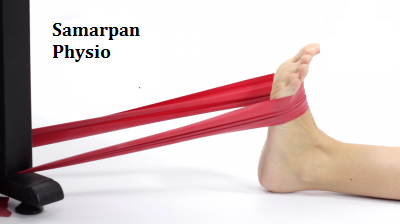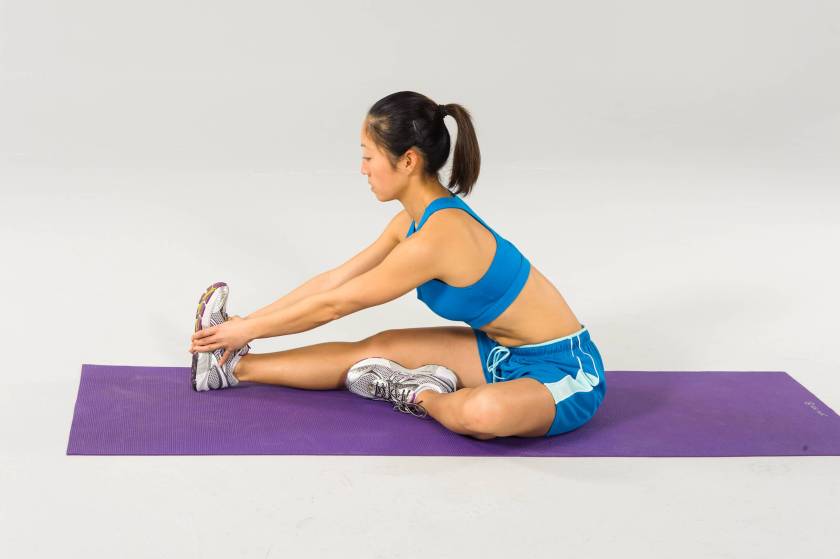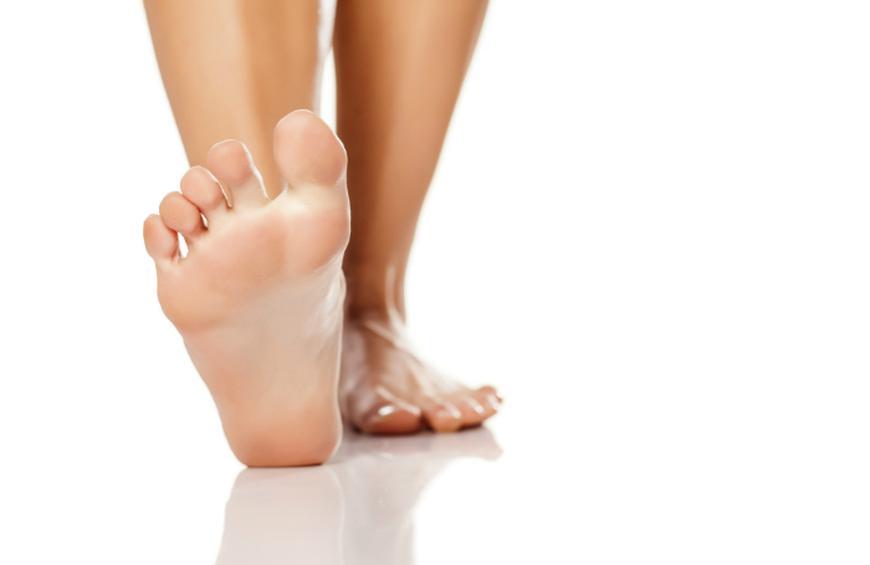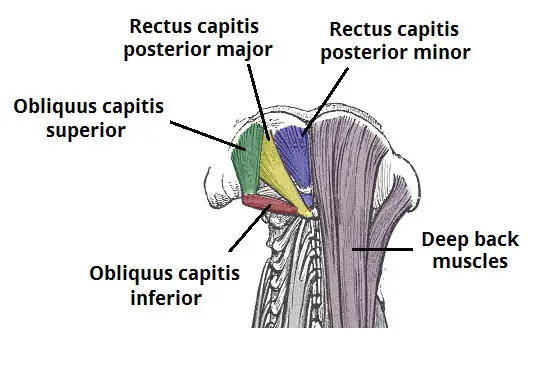Tibialis anterior strengthening exercise: Health Benefits, Types, How to do?
Tibialis anterior strengthening exercise is a great option to strengthen your leg, This exercise has many health benefits and reduces the risk of injury, and helps your fitness level (stamina) in performing the day-to-day activity. If you are a sportsperson this exercise plays a crucial role to perform a high-intensity activity in sports.
What is the tibialis anterior?
The anterior tibialis is a muscle found on the front of the lower limb. Tibialis anterior muscle is on the lateral side of the tibia with muscle fibers that run vertically down the leg ending in a tendon. The tibialis anterior originated from the lateral condyle (around protruding piece of bone at the insertion to some bones creating an articulation with another bone) of the tibia and inserts into the plantar and medial surfaces of the medial cuneiform bone.
What is the function of the tibialis anterior?
The tibialis anterior is the long muscles of the dorsiflexor muscles and is responsible for ankle dorsiflexion and inversion of the foot. this muscle supports the ankle in horizontal movement as it inverts the ankle helping to reduce damage if the ankle is rolled.
Walking, running and any other exercise that needs the leg to move is supported by the tibialis anterior. This muscle stabilizes the ankle joint when the foot comes into contact with the floor while walking it then helps toes the foot off the ground. Apart from helping with this eccentric muscle contraction (hitting the floor) and concentric muscle contraction (lifting off of the floor) phases of walking it also holds the ankle in place during isometric contraction, think of when your ankle is flexed and your toes are pointing upwards.
What causes tight tibialis anterior muscles?
If your tibialis anterior muscles are tight then it annoying as it makes the simple task of walking unpleasant. The causes of tight tibialis anterior can lead to shin splints and can be a result of any of the following:
Direct trauma to the muscle area Intense workouts or long time workouts where your ankle is constantly flexed upwards Running, jumping, or other high impact activities on hard surfaces Imbalance gait while walking or running Sudden change in the exercise routine
If you feel weakness in your anterior tibialis muscle, this muscle is located in front of your shin in your lower leg, then you may have difficulty flexing your ankle and lifting your foot off the floor. This is also called a foot drop. It can also lead to a high-stepping gait. Fortunately, physiotherapy can help you regain normal motion and strength in your leg.
There have many treatments to treat foot drops, including neuromuscular electrical stimulation (NMES) and ankle-foot orthotics that help stabilize and support your ankle and foot.
Exercise is one of the most important things to correct foot drops caused by tibialis anterior weakness. These exercises involve specific motions that help to improve the strength and function of the anterior tibialis muscle. Calf muscle stretches also help.
Health benefits of tibialis strengthening exercise:
- Helps to Reduce the risk of injury to the calf, foot, and ankle joints.
- Helps to reduce the chance of getting tibialis anterior tendonitis.
- Helps to increase ground clearance when walking to avoid tripping
- Decrease the risk of developing shin splints and stress fractures
- Speed up recovery of shin splints.
- Boost athletic performance in sports where the ankle is “locked” like in soccer to kick a ball
Types of exercises to strengthen your tibialis anterior:
Seated Elastic Band Exercise for Foot Drop
How to do it?

- For this exercise, you need an elastic resistance band.
- To perform this exercise you have to Sit on the ground with your leg extended in front of you. now Alternatively
- you can sit on a chair with your foot propped up on another chair.
- Wrap a resistance band over the ankle. Attach one end to a stable object like the leg of a table, and secure the other around your foot near your toes. It may be helpful to have your lower leg resting on a small pillow so the heel of your foot does not rub on the floor.
- To perform this exercise Pull your toes and foot up while keeping your knee extended. your ankle should be moved as you flex your foot up
- Pull your foot up as much as you can, and hold the end position for two seconds.
- Slowly relax back to the initial position.
- Do this exercise for 10 to 20 repetitions or until your anterior tibialis muscle tires and you can no longer flex your ankle up.
- picture B is showing the strengthening of dorsiflexors and picture A is showing strengthening of planterflexors.
Cuff Weight Exercise for Foot Drop
How to do it?
- For this exercise, you need a cuff weight.
- A cuff weight is a padded weight that you can wrap around your ankle. for this exercise you have to sit in the chair and wrap a cuff weight around your toes. Make sure it is secure. Let your footrest on the ground, start this exercise by sitting with your cuff weight on your foot and then flexing your ankle so your foot and toes move up towards your knee.
- When your foot is flexed up, hold the position for two seconds,
- Slowly lower your toes back down to the initial position.
- Repeat the exercise for 10 to 20 repetitions.
Isometric Exercise for Foot Drop
How to do it?
- Isometric exercise is a type of motion in which you push against an object you can not move. It is simple to do, and it can help strengthen your anterior tibialis muscle in specific ranges of motion (ROM) in your ankle.
- To do isometric anterior tibialis strengthening you have to Sit in a chair or lie down.
- Cross one leg over the other with your affected leg on the bottom.
- Put your foot on top of the ankle you wish to exercise.
- Press the top of your weak foot into the sole of your other foot. Press down with the stronger foot to resist it. Remember, that movement occurs from the foot not from the ankle.
- Hold this position for five seconds, and then slowly release. Perform about 10 to 15 repetitions of the exercise, 2 or 3 times a day.Isometric exercise can help to strengthen your muscles, but strength only occurs in the specific ROM in which you are exercising. That means that you should vary the position of your ankle when performing the exercise.
Seated Calf Stretch
How to do it?

- If your anterior tibialis muscle is weak, then you have difficulty flexing your foot. This means you have a shortened calf. A shortened calf will be a tight muscle, so stretching the calf may be necessary to fully correct your foot drop.
- To perform this exercise you have to Wrap a towel around the ball of your foot, and your knee should be extended.
- Pull the ends of the towel so your foot flexes up and stretches your calf.
- Hold the stretch for 15 to 30 seconds.
- Relax. Perform this 3 times.
Seated Toe Raises
How to do it?
- For this exercise, you have to Sit on a chair with your feet placed in front of you
- Now Slowly raise your toes off of the ground.
- Hold for 2-5 seconds at the top
- Repeat for 2 to 3 sets of 20-25 repetitions
Wall Toe Raises
How to do it?
- For this exercise, you have to Stand 12 to 15 inches away with your back towards the wall with your feet hip-width apart.
- Your knees should be slightly flexed then lean back into the wall.
- Elevate your toes off the floor and hold at the top for 2-4 seconds then lower your toes back to the floor.
- Repeat for 2 to 3 sets of 15-20 repetitions

Heel Walk
How to do it?
- For this exercise, you have to stand on both feet hip-width apart with no shoes on.
- Elevate your toes off the floor so that your heels are in contact with the floor.
- Walk forward while leaning back placing your weight on your heels.
- Do this for 30-40 seconds.
- Repeat this 2 to 3 times.
When did you not do Tibialis anterior strengthening exercise?
- If you feel any pain during this exercise then do not do this exercise.
- If you are already suffering from foot and ankle pain.
- If your doctor advised you to take a rest.
- If your lower limb bones are recently fractured.




